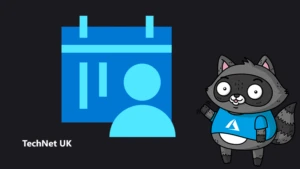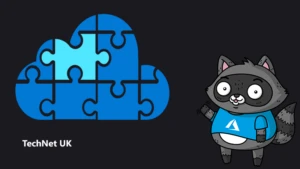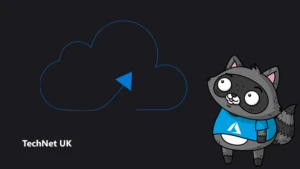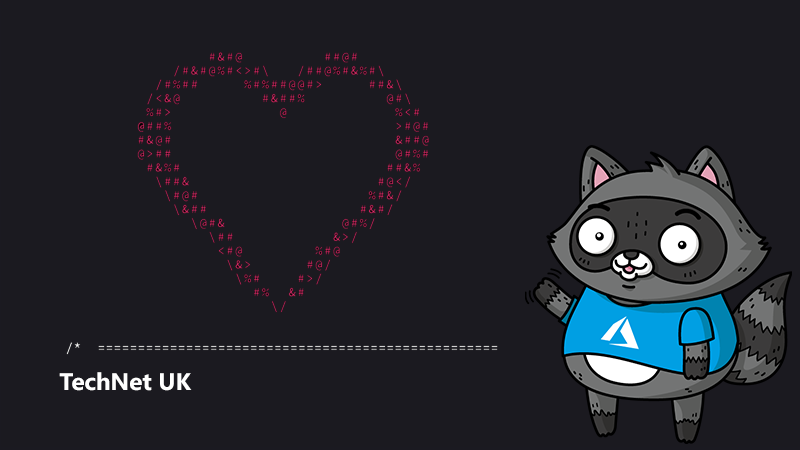
Saving lives from natural disasters with open source software
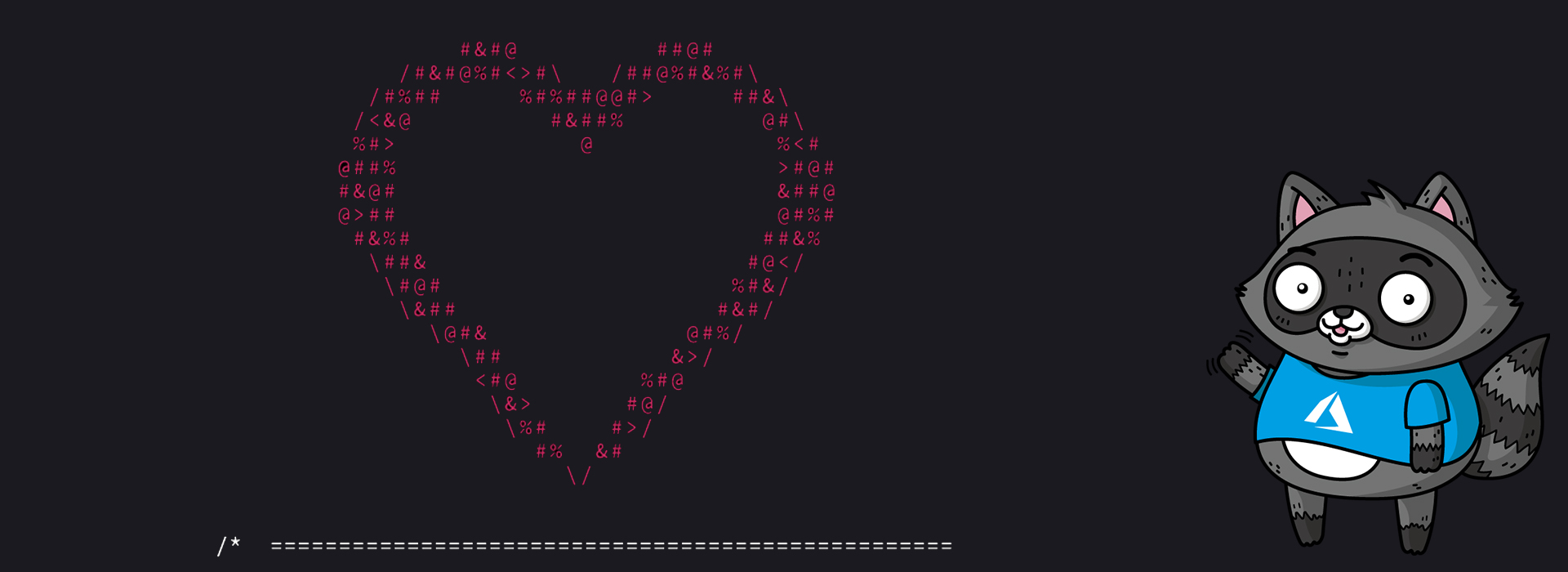
Open source brings together innovative, creative people who work together on projects that have real, life-changing benefits. Since his first foray onto OS in 2015, Steve Gordon has contributed to a project that helps save lives and makes a difference after natural disasters. Read more about his journey below to discover why anything is possible in OS.
Tell us a bit about yourself.
I have developed software with .NET and C# for around 17 years. Early on, programming was a hobby and source of side income. Five years ago I made a career switch to become a full-time software developer. Today I build and maintain .NET Core and ASP.NET Core microservices. We were early adopters of ASP.NET Core 1.0 and as a result, I have extensive experience and expertise with that framework.
What attracted you to using open source?
In part, it was to learn more about software development and working on a larger project. The allReady project specifically stood out after I heard about it on a podcast. Its goals to help disaster relief organisations to be more efficient and perhaps to save more lives attracted me to become a contributor.
What is your favourite project?
The Humanitarian Toolbox’s allReady project will remain close to my heart as the first project I was involved with. Its aim to help save lives through software also makes it extremely special. The idea of contributing time to something which such an important goal makes it all the more worthwhile and rewarding.
What was the inspiration behind this particular project?
The project was initiated by the charity Humanitarian Toolbox who focus on providing software solutions to support disaster relief initiatives. The allReady project specifically is about supporting relief organisations in preparedness, through automation and the use of technology.
Where did you start?
My first PR to the project was in 2015, when I started fixing some issues raised. It was already established at the time, as it was first created as part of a Microsoft hackathon. A number of prominent MVPs and Microsoft staff had helped to get the project rolling. As my experience with OSS contributions and the project in general increased, I become a more regular contributor. After, I helped maintain the project by reviewing and merging PRs.
How did the project take shape over time?
Over time the goals and use cases were shaped with discussions with disaster relief organisations. Some of these organisations went on to trial the software, feeding back requirements, and changes that would make it more useful. The project has been updated over time to use the latest version of ASP.NET Core as those releases become available.
What were the biggest challenges and how did you overcome them?
One of the challenges was guiding the direction of the features. By working and meeting with staff from disaster relief organisations, we were able to better define realistic requirements to direct the project. We also had a large number of contributors, so managing the time to review and accept PRs was at times a challenge. A small team or core contributors helped to maintain the quality of the code being submitted. As contributing to OSS was a spare time activity, fitting it in around day-to-day commitments was sometimes challenging.
How long did it take from start to finish?
I worked on the project for about two and a half years. Currently, the project is postponed while we await more disaster relief organisations to begin using it and guiding the direction of its future. We want to ensure we are producing software which will be used and which meets the demands of the organisations who will need to use it.
How successful has it been so far?
During its initial trials, the software proved to increase the productivity of the teams planning preparedness campaigns using the web application.
What’s next for the project?
Right now, the project is seeking more input from organisations which are the core customer of such an application. This will help restart the efforts to develop it and to produce something which can be used in real situations. My hope is that the Humanitarian Toolbox can source such organisations and that the project can restart and realign its objectives.


